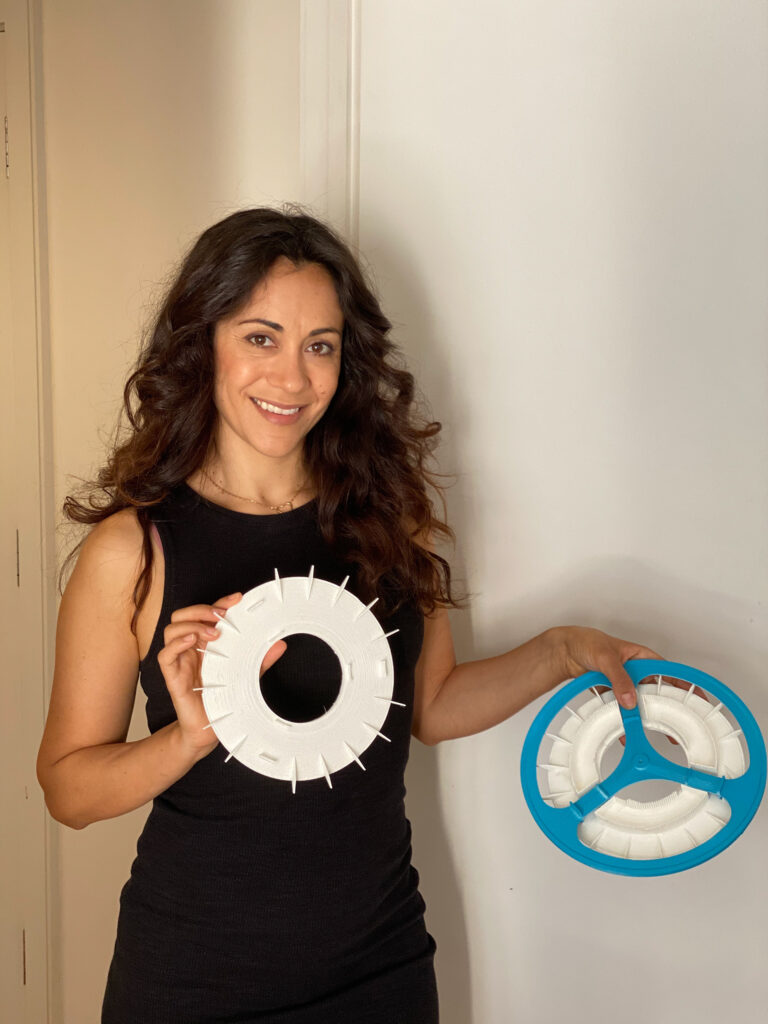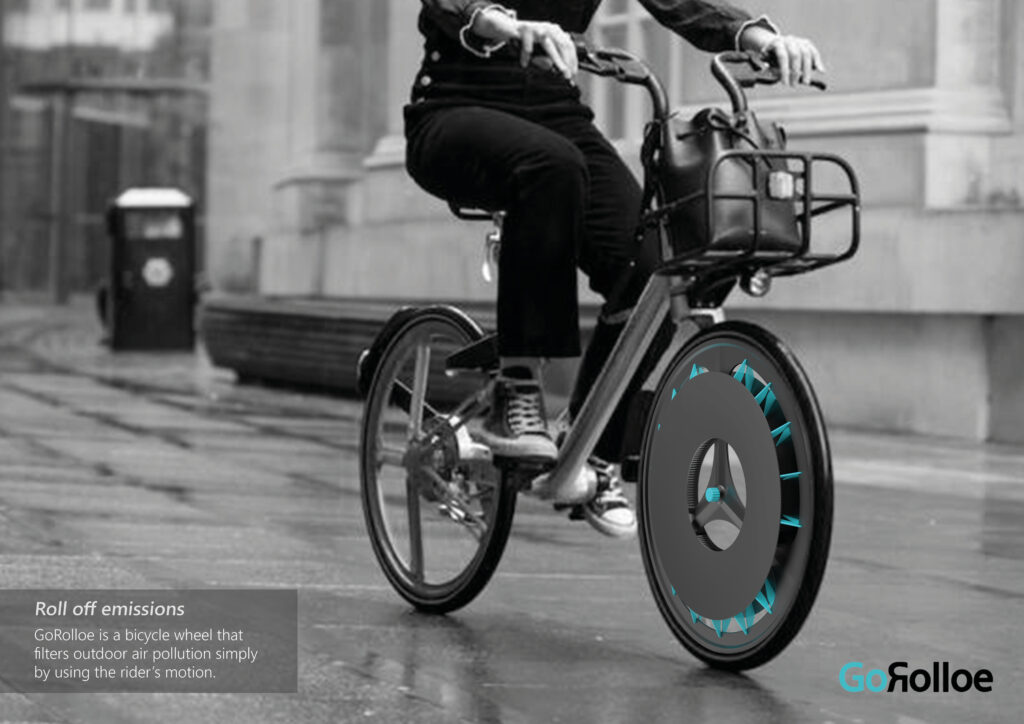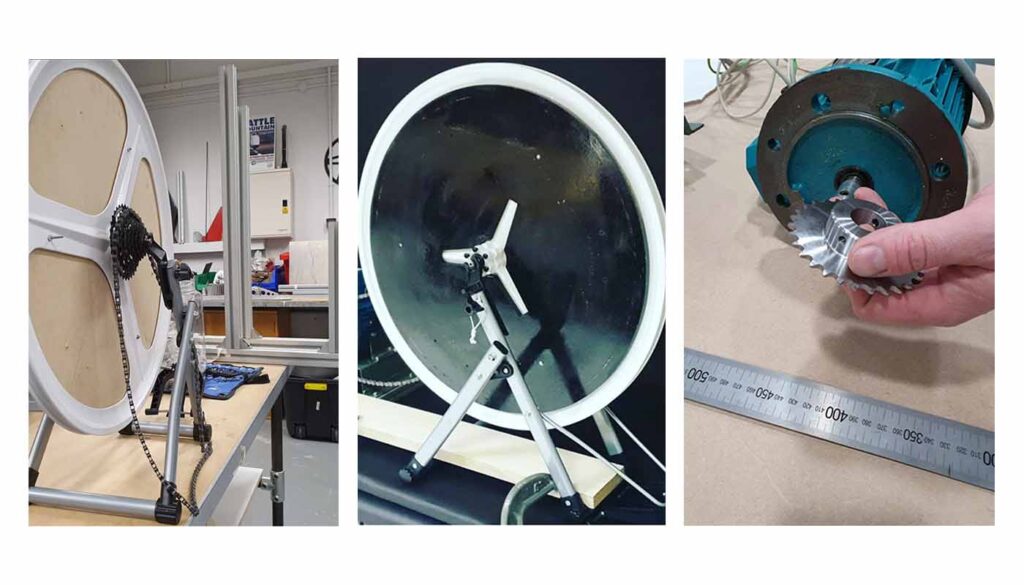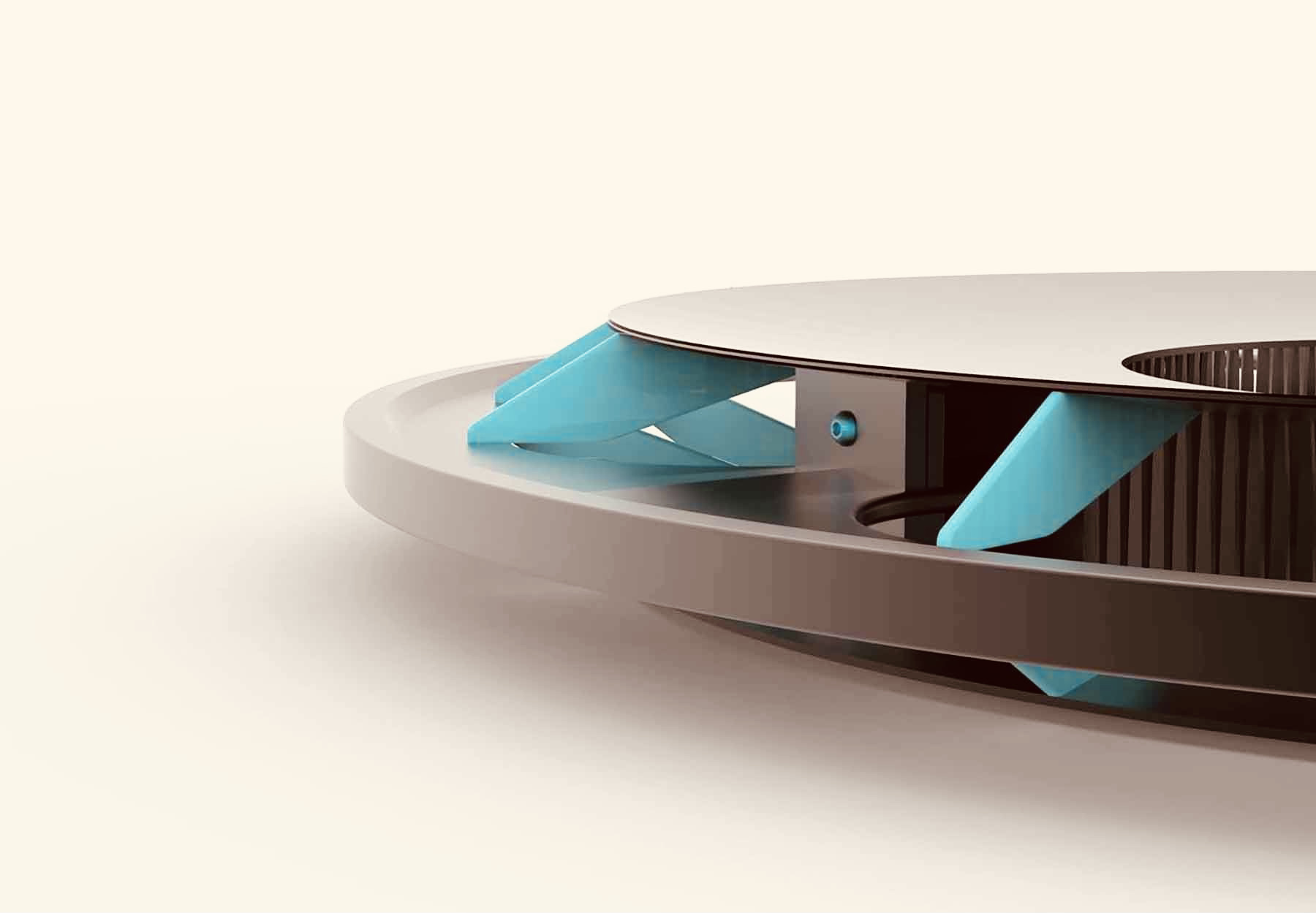GoRolloe was born from the idea of using the energy produced by vehicles, particularly bicycles, to capture pollution on major city streets.
Did you think cycling was one of the greenest forms of transportation?
According to research by the European Cyclists’ Federation, the average bicycle emits 21 g of CO2 per kilometer traveled, 5 g for the manufacture and maintenance of the bicycle, and 16 g for the calories consumed and subsequently burned the cyclist to power the pedals.
Compared to the average emissions of a motor vehicle, it’s clear that making trips by bike is the best in terms of pollution. But how to be even more sustainable? Cycling with GoRolloe!
In fact, Kristen Tapping, an English industrial designer, has thought about this and has made the bicycle even more sustainable with the invention of GoRolloe.

How was GoRolloe born
In March 2020, Kristen was cycling around London, thinking about how to create something innovative for urban environments.
And so, looking at how polluted the city of London was, she got the idea about GoRolloe and set to work. Once the concept was finished, the founder submitted her product to a design competition and won Polymer 2020’s Design Innovation award for her innovative bicycle wheel that filters outside air.
She then thought of turning his idea into something concrete and make it available to everyone. In fact, GoRolloe will be available on the market starting in 2022.
To get there, Kristen has received moral and financial support from all over.
London South Bank University, where she graduated, is supporting her project by printing prototypes of the wheel in 3D and allowing her to use a large area where she sets up her facilities.

How does GoRolloe work
As a skilled mechanical engineer, Kristen used all her knowledge and skills to develop her wheel.
So this is how her product works and how it can make a sustainable contribution. Polluted air travels through the inner cylindrical opening, is pushed through the filters using centrifugal force, and is expelled through the outer perimeter.
Filters can trap noxious gases and particulates, such as ozone and CO2. The filter system uses a loofah sponge, washable HEPA, and activated carbon.
The filters are reusable and the pollutants that are captured are used for third-party products such as building materials. Therefore, consolidated technologies have been taken and inserted into an original and green product.
Currently, Kristen is researching new filters in order to make her invention better and better and ensure the proper filtering system.






